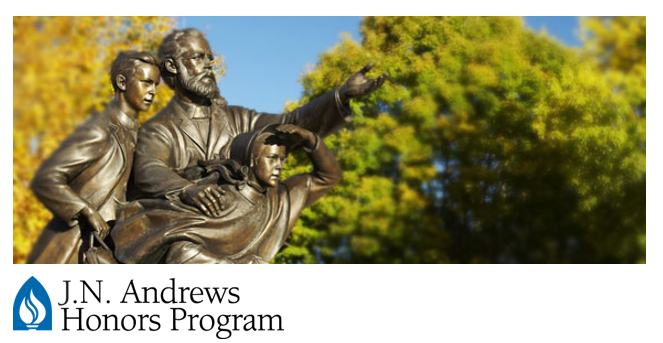Date of Award
3-28-2016
Document Type
Honors Thesis
Department
Mathematics
First Advisor
Shandelle M. Henson
Second Advisor
James L. Hayward
Abstract
Animal behavior is integral to fitness and arises from complex interactions between internal and external factors. An understanding of how external environmental factors drive animal behavior is important for understanding the way organisms adapt to environmental perturbations such as climate change. Glaucous-winged gulls (Larus glaucescens) at Protection Island, Strait of Juan de Fuca, Washington display a variety of behaviors on the colony during the breeding season. The most common gull behaviors are sleeping, preening, and resting. I used a system of four differential equations to predict numbers of sleeping, preening, and resting gulls on the colony as a function of seven environmental factors: hour of day, tide height, solar elevation, heat index, humidity, wind speed on the colony, and wind speed over open water. The model explained 65%, 51%, 44% and 32% of the variability in colony attendance, sleep, preen, and rest dynamics, respectively. Similarly, model validation on an independent data set predicted 70%, 64%, 60% and 47% of the variability in colony attendance, sleep, preen and rest dynamics, respectively. Key words: Animal behavior, environmental factors, glaucous-winged gulls, colony attendance, sleeping, preening, resting, differential equation model.
Recommended Citation
Dass, Saharsh, "A Compartmental Model of Animal Behavior" (2016). Honors Theses. 136.
https://dx.doi.org/10.32597/honors/136/
https://digitalcommons.andrews.edu/honors/136
Presentation Record URL
Creative Commons License

This work is licensed under a Creative Commons Attribution-No Derivative Works 4.0 International License.
DOI
https://dx.doi.org/10.32597/honors/136/



